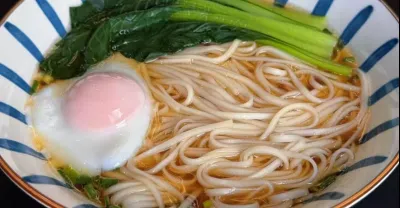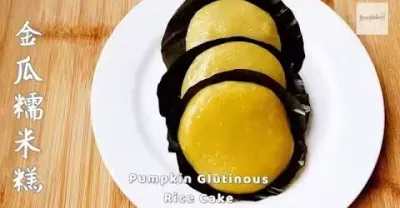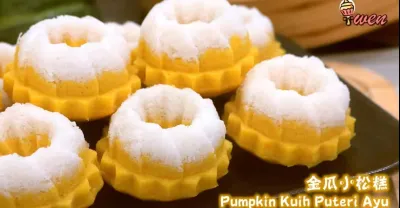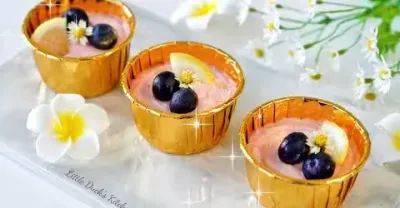kuih seri muka/Talam ketan Sri Kaya 香蘭糯米糕娘惹糕點
 強壯人 2K 反饋
強壯人 2K 反饋Kuih Seri Muka, also known as Talam Ketan Sri Kaya, is a beloved traditional Peranakan (Nyonya) cake that showcases the delicate balance of flavors and textures inherent in this rich culinary heritage. The name itself – 「Seri Muka」 meaning 「beautiful face」 in Malay – hints at the cake’s visually appealing two-layered structure.
The base layer, or 'ketan,' is a glutinous rice layer, meticulously steamed until wonderfully soft and slightly sticky. This isn't a simply sweetened rice; it’s infused with fragrant pandan leaves, lending it a distinctive aroma and a subtle, natural green hue. The quality of the pandan leaves is crucial; fresh leaves pounded into a juice yield the most vibrant color and intoxicating scent. Coconut milk is generously incorporated, adding richness and a creamy texture that forms the foundation of the entire cake.
Sitting atop the ketan is the 'Sri Kaya' layer, a custard made from eggs, coconut milk, and – the star ingredient – pandan kaya. Kaya, a coconut custard, is a staple in Southeast Asian desserts, and the addition of pandan elevates it to another level. The Sri Kaya layer is typically smoother and more delicate than the ketan, offering a contrast in both texture and sweetness. Skilled cooks achieve a beautiful, slightly caramelized top, often with gentle cracks, indicating proper cooking and a rich flavor profile.
The making of Kuih Seri Muka is a labor of love, requiring patience and precision. The ketan needs to be soaked, steamed to the perfect consistency, and then carefully layered before the Sri Kaya is poured over it. The entire cake is then steamed again, ensuring both layers set beautifully.
Beyond its aesthetic appeal, Kuih Seri Muka is celebrated for its harmonious blend of flavors. The subtle saltiness of the coconut milk complements the sweetness of the kaya, while the aromatic pandan ties everything together. The difference in textures – the slightly chewy ketan against the smooth custard – adds to the overall sensory experience.
Traditionally served cut into diamond or square shapes, Kuih Seri Muka is often enjoyed with a steaming cup of tea or coffee. It’s a popular treat during festive occasions, family gatherings, and special celebrations, representing a piece of Peranakan culture and a testament to the culinary artistry passed down through generations. It’s more than just a cake; it's a taste of home, tradition, and the beautiful simplicity of Southeast Asian flavors.
 喬君錦 71
喬君錦 71 喬君錦 0
喬君錦 0 省電俠 236
省電俠 236 省電俠 242
省電俠 242 洪文強 14
洪文強 14 喬君錦 13
喬君錦 13 喬君錦 0
喬君錦 0 省電俠 0
省電俠 0 省電俠 0
省電俠 0 喬君錦 0
喬君錦 0 省電俠 0
省電俠 0 省電俠 • 710次觀看
省電俠 • 710次觀看 省電俠 • 940次觀看
省電俠 • 940次觀看 省電俠 • 460次觀看
省電俠 • 460次觀看 喬君錦 • 2K次觀看
喬君錦 • 2K次觀看


 陳素艷 21
陳素艷 21

























